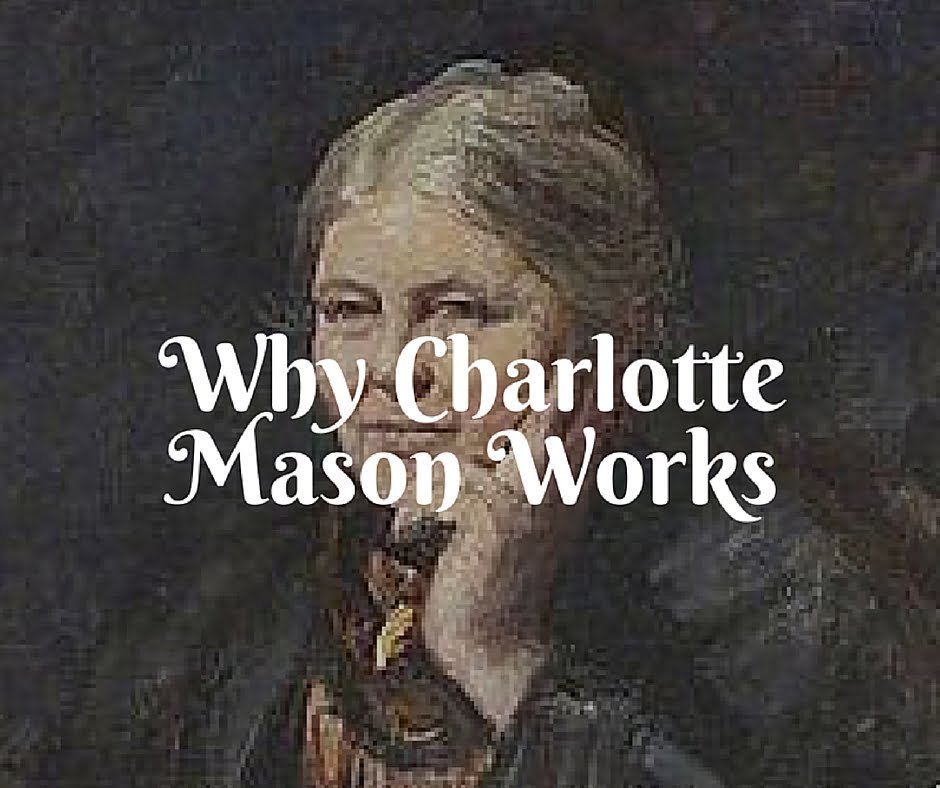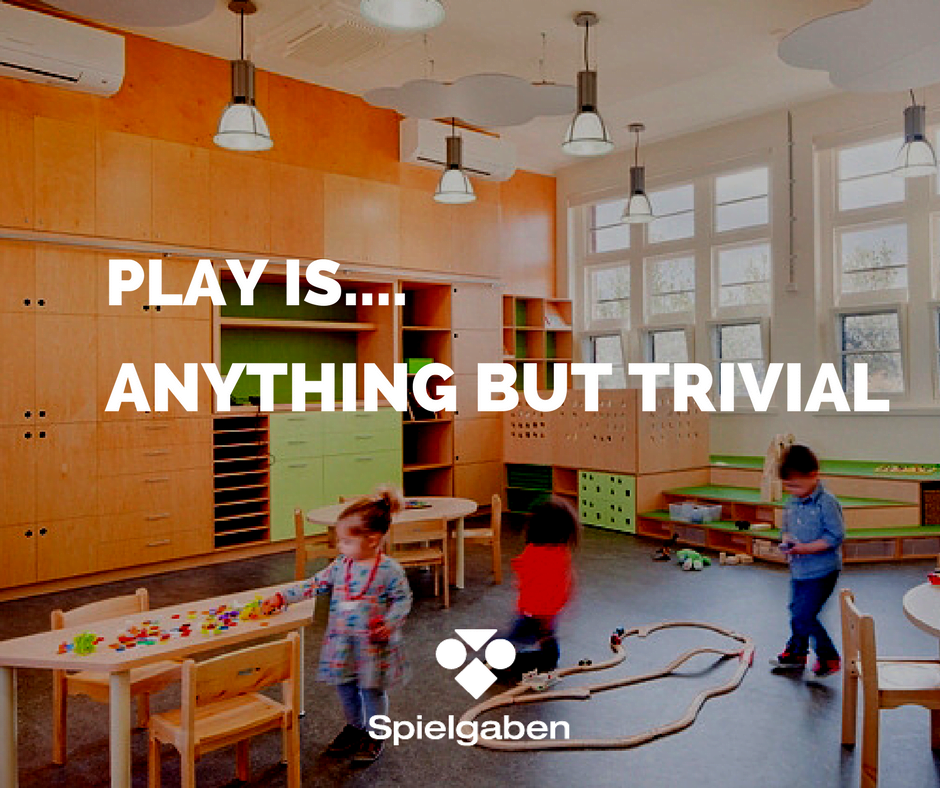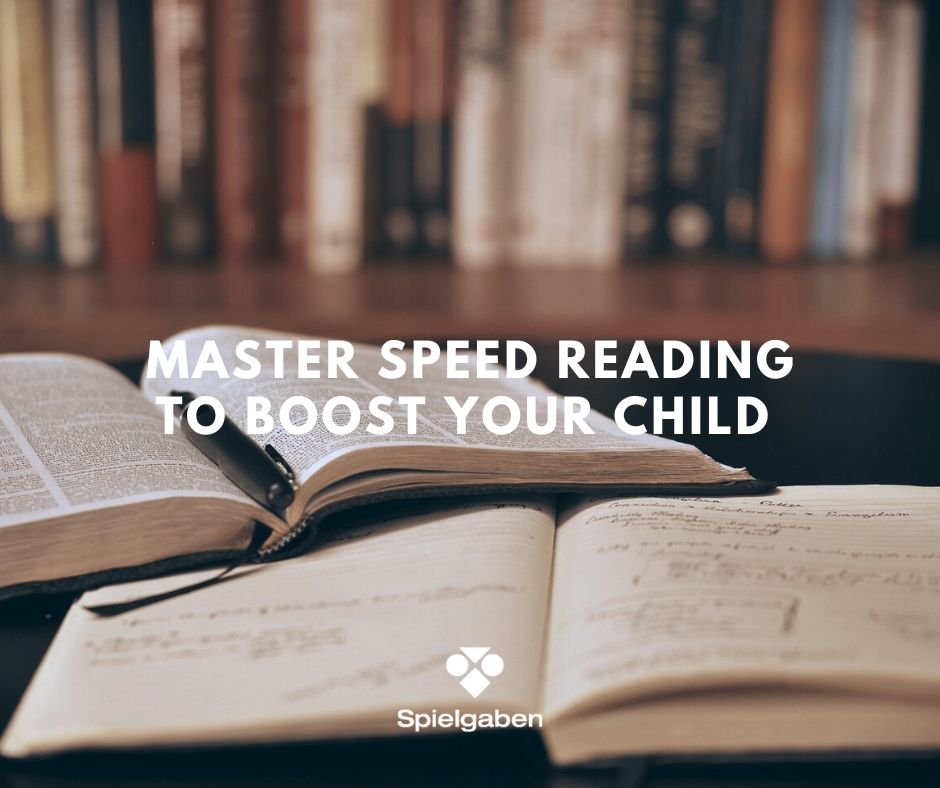How will Montessori and Reggio Emilia Impact your Child?
In this article we take a look at how Montessori and Reggio Emilia schooling can impact your child and the many positive benefits that come with these forms of alternative schooling. Watch out for our next article on how Froebel and Steiner schools will impact your child, to give you a complete picture of all the alternative schooling types are so that you can make an informed decision when it comes to your child’s education.
What are the Benefits of Montessori for your Child?
There have been many studies done on the benefits of the Montessori Method of teaching, and the results have proven to be outstanding.
Montessori is a way of teaching that focuses more on personal development as opposed to exams, and this approach produces more mature, creative and socially proficient children, scientists found.
Psychologists in the US found that across a varying range of abilities, children at Montessori schools out-performed those that were given a traditional education.
Five-year-old Montessori pupils were better prepared for reading and maths, and 12-year-olds wrote “significantly more creative” essays using more sophisticated sentence structures.
Some of the biggest differences were seen in social skills and behaviour.
Montessori children showed a greater sense of “justice and fairness”, interacted in an “emotionally positive” way, and were less likely to engage in “rough play” during break times.
Montessori is against the more traditional competitive measurements of achievement, such as grades and tests, and rather focuses on the individual progress and development of each child.
Children of different ages share the same classes, and are encouraged to work together and help each other. Special educational materials are used to keep children interested, and there is an emphasis on “practical life skills”.
Children were tested for mental performance, academic abilities, and social and behavioural skills.
Angeline Lillard, from the University of Virginia, who co-led the study, said, “We found significant advantages for the Montessori students in these tests for both age groups. Particularly remarkable are the positive social effects of Montessori education.”
Five-year-old primary school children had higher scores in tests of “executive function”. This is describes as the ability to adapt to changing and complicated problems, and this is seen as an indicator of future school and life success.
Even though Montessori children were not regularly tested or graded, they did just as well in spelling, punctuation and grammar exams as those given traditional lessons.
Older Montessori pupils were more likely to choose “positive assertive responses” when dealing with unpleasant social situations, said the researchers.
They also displayed a “greater sense of community” at school. The scientists concluded that, “Montessori education fosters social and academic skills that are equal or superior to those fostered by a pool of other types of schools.”
There are a number of reasons for these positive outcomes from the research.
1. Montessori Focuses on Key Developmental Stages
A Montessori curriculum focuses on key developmental milestones in children between the ages of three and five-years-old. Younger children focus on gross motor and language skills. Four-year-olds work on fine motor skills and completing everyday activities, such as cooking and arts and crafts.
2. Encourages Cooperative Play
Because the teacher does not “run” the classroom, students guide the activities they do throughout the day. This encourages children to share and work cooperatively to explore the various stations in the Montessori classroom. Children in Montessori classrooms learn to respect one another and build a sense of community.
3. Learning Is Child-centred
Children are able to enjoy a classroom and curriculum designed around their specific needs and abilities which allows them to explore and learn at their own pace and on their own terms. In addition, older children in the class work with the younger ones, so mentoring comes as much from peers as it does from the teachers.
4. Children Naturally Learn Self-Discipline
Even though this method allows children to choose their activities during a day, there are still rules for the classroom that are constantly reinforced. This naturally teaches them self-discipline, as well as developing important skills like concentration, self-control and motivation.
5. The Classroom Teaches Order
All objects and activities have exact locations on the shelves in the classroom. When children are finished with an activity, they have to place those items in the same place they found them. It creates a sense of order, which has been proven that children thrive in this orderly way. When there is neatness and predictability, their creativity comes to the fore and they can focus on the process of learning.
6. Teachers Facilitate Learning
Teachers act more like “guides” who facilitate the learning experience. Teachers take the lead from the children in the classroom, while still ensuring that the rules are adhered to.
7. Creativity is inspired
As kids are able to choose their own activities and work with them on their own terms, creativity is encouraged. They focus more on the process as opposed to the result.
8. Highly Individualised Environment
Kids are allowed to explore what they enjoy at their own pace. This naturally encourages them to try more challenging tasks and this actually speeds up their learning process.
9. Hands-on Learning
Hands-on learning is a big focus in Montessori schools. It is based on concrete, rather than abstract concepts. All the activities they do teach language, math, culture and practical life lessons. They are encouraged to focus on activities until they are mastered and they are taught not to interrupt each other.
Montessori is a great basis of early education, as well as an education method for older children. They are well prepared for life, whether they move to a more traditional school when they are older, or even if they stay in the Montessori environment.
What are the Benefits of Reggio Emilia for your Child?
When Newsweek magazine recognised Reggio Emilia in the early 1990s as one of the top approaches to preschool education in the world, the ground-breaking philosophy soon became more popular across the United States, including in a growing number of public schools. Now it isn’t just limited to the US, Reggio Emilia is popular the world over.
“The Reggio Emilia approach is an example of how teachers can engage children in creative and meaningful learning activities,” explains Shyrelle Eubanks, senior policy analyst at the National Education Association. “We would like to see more young children in schools have opportunities to learn using developmentally appropriate approaches like Reggio.” Those are pretty powerful words!
Sometimes it’s considered slightly out of the box and unstructured, but it works, and we’ll show you why.
There are also many benefits to the Reggio Emilia method of teaching, which will impact your child in a positive way.
Where does Reggio Emilia come from? Basically it is an educational philosophy started by the parents in Reggio Emilia, Italy after World War II. The parents believed that the destruction of war required a new, better approach to teaching their children. They believed that children form their individuality in the early years of development. The programme they developed emphasised respect, responsibility and community involvement. Children were allowed to explore and discover in a supportive and rich environment where the children’s interests helped determine the curriculum.
One of the key principles of the Reggio approach is the fact that children have rights when it comes to their learning. The child is put at the centre and is treated as a ‘knowledge bearer’. By valuing children in this way educators put more emphasis on really listening to the children. Educators are expected to listen and give ample time and space to children to express themselves.
Children in Reggio settings are active constructors of knowledge, and they are encouraged to be ‘researchers’. Most of the educational experiences at Reggio take the form of projects, where children have opportunities to actively participate, explore, and question things. There is also a very strong emphasis on the social development of children as part of a community and their relationships to other children, their families and teachers.
So why does it work?
1. Expressive Arts are Important
If you know anything about the Reggio Emilia approach you will probably know that expressive arts are one of the most well-known aspects of this form of education. The idea is that children use different ways to express their understanding, thoughts and creativity. This type of thinking has been endorsed by many artists including Henry Matisse, who wrote a series of essays, titled Looking at Life with the Eyes of a Child. They do this through drawing, sculpturing, music, dance, movement, painting, and drama as well as pretend play, which helps them to express themselves.
2. Long-term projects
As we mentioned earlier, children are encouraged to be researchers, and this schooling approach gives them plenty of opportunities to do just that through long-term projects. They work through real-life problem solving with their classmates and this gives them opportunities to think creatively and explore. It is mostly led by the children with some input from the educators and as they are given this freedom, these projects help them to think outside of the box and come up with creative approaches to problems.
3. Documentation
This is another key element in the Reggio approach. It is used as a tool for studying children’s learning. This documentation focuses on the experiences that children are involved in and the skills they’re acquiring along their journey. These documents reflect the interactions between teachers and children, their peers as well as their environment. This helps teachers assess their learning and develop their curriculum from term to term. Children are allowed to ask their own questions and discuss problems, which can lead the way for their educational journey. It gives them a sense of ownership over their own learning experience.
4. Relationships
The Reggio approach is very focused on relationships between the children, parents and the teachers for constant communication. Children benefit in being equal partners with, parents and teachers in the learning process. Everyone works together to form a spirit of cooperation and building the knowledge banks of the kids. Social collaboration is also important so that children learn how to work in groups and be part of a team. Parents are actively involved in the child’s learning.
5. The Third Teacher
The environment and learning spaces are the third teacher is the Reggio approach. Classrooms are generally filled with indoor plants and vines, lots of natural light, and each classroom opens onto an open-plan central space. Access to the surrounding community is made possible with wall-size windows and courtyards. Photos of children’s activities, displays of their work and even transcriptions of conversations are displayed around the classroom. Everything is displayed at eye level, so that the children can see their own work and that of others. The idea behind this is that the environment that they’re in is part of the learning process and will change throughout the year.
The Reggio Emilio approach has substantial benefits for children as they lead their journey through their education and become confident and skilled individuals that can face the future brightly.
We hope this has helped you to understand these alternative types of schooling and how they can have a positive impact in your children’s lives. Now read about how Froebel and Steiner can impact your child.













LEAVE A COMMENT